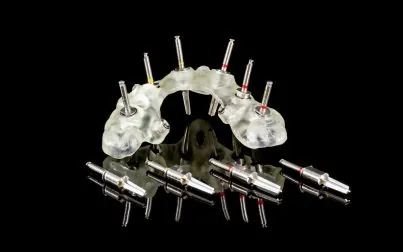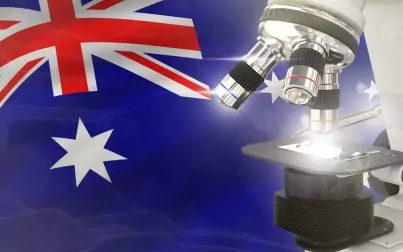Australia
Local Contact

Latest News, Articles and Events for Australia
- 13th February 2024
- 12th December 2023
- October 12th, 2023
Key members of our team

Robert Stringer
Robert has more than 25 years’ experience in the Australian and New Zealand pharmaceutical industry. Robert’s career extends to managing multi-national corporate teams in Regulatory Affairs, Quality Assurance, Product Development, Clinical Research and Strategic Planning & Business Development. Roberts career highlights include achieving the world-first regulated market approval of a biosimilar.

Lois Rees

Jennie Brandenburg

Elise Brown

Josie Gabites

Jean Boudaud
Jean has proven experience in all phases of the product lifecycle, driving compliance from concept initiation through to commercialisation and post-market support. He provides Regulatory and Quality Assurance expertise to a broad range of companies and supports projects involving various medical technologies. He is bilingual in French and English and holds a Masters’ Degree of Engineering.

Piety Rocha
Piety has worked in the Australian and New Zealand Pharmaceutical Industry for over 20 years. Piety is a skilled Regulatory Affairs professional, and an experienced people manager having managed Regulatory affairs teams both locally and internationally within large pharmaceutical companies.

Daina Vanags
Head of Development Consulting Services (Australia)
Daina has 16 years’ experience in pharmaceutical product development (proteins, antibodies, biosimilars, vaccines, cell-based products), including biotechnology executive experience (Australia, USA). Daina trained in pharmacology with a first-class honours and PhD (University of Adelaide), post-doctoral positions in clinical pharmacology (Oxford University, UK) and toxicology (Karolinska Institute, SE).

Yvette Elvy
















